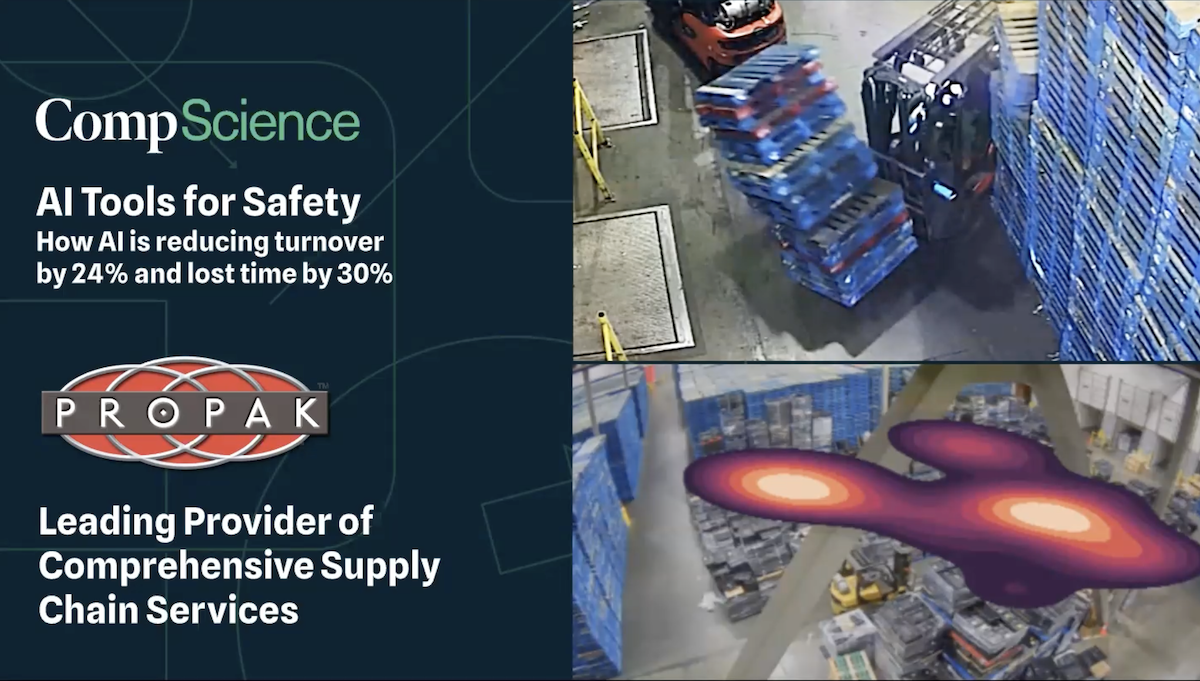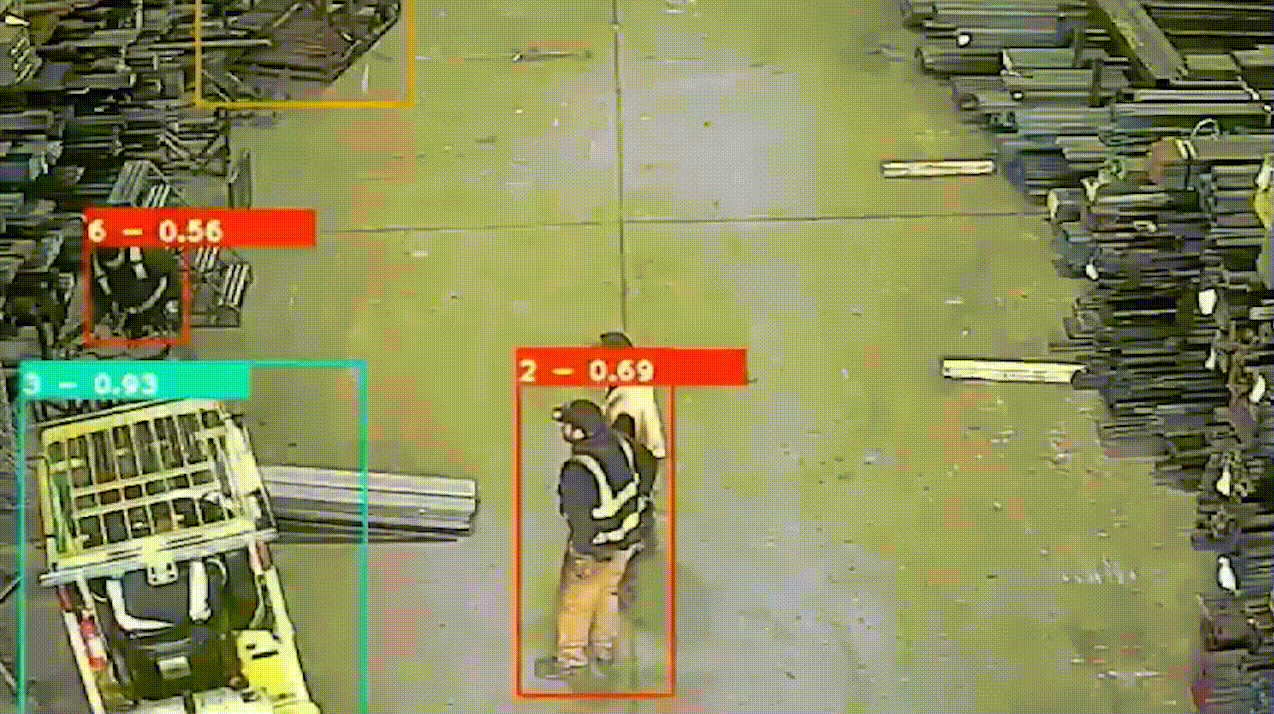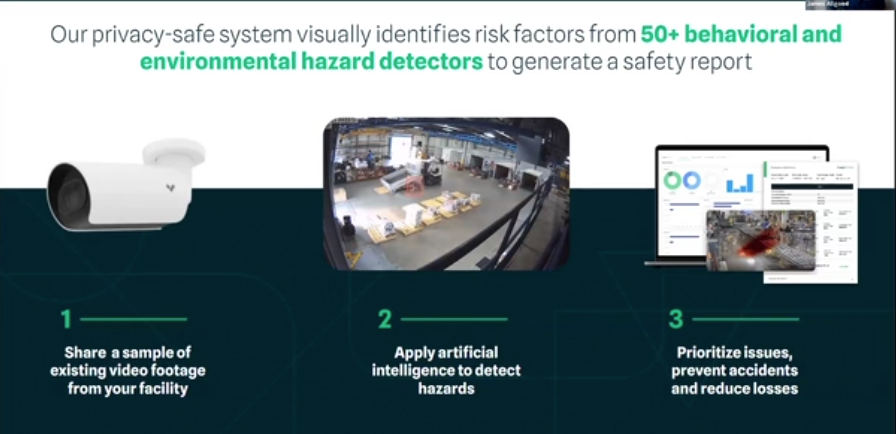AI, Insight, Workers' Comp, Workplace Safety
Leveraging AI for Enhanced Fire Safety
Fire safety is a critical concern for businesses and residential settings alike, requiring comprehensive strategies for prevention, response, and evacuation. While traditional fire safety measures have relied heavily on manual checks and human vigilance, with AI, specifically computer vision technology, we see a transformative approach to fire safety management. By integrating advanced algorithms and machine learning, computer vision can significantly enhance fire prevention strategies, ensure the proper use of fire extinguishers, streamline fire evacuation procedures, and revolutionize hands-on fire extinguisher training.
Fire Prevention Strategies
At the heart of fire safety is prevention. Computer vision systems can continuously monitor environments for early signs of potential fire hazards, such as overheating equipment, blocked emergency exits, or the accumulation of flammable materials. By analyzing video feeds in real-time, these systems can detect subtle changes in the environment that may elude human observers, such as slight smoke or abnormal heat patterns around electrical panels, and instantly alert maintenance teams to address these issues before they escalate into fires.
Proper Use of Fire Extinguishers
The effective use of fire extinguishers is pivotal in controlling fires in their early stages. However, improper handling can lead to failure in extinguishing the fire, or worse, exacerbate the situation. Computer vision can aid in ensuring fire extinguishers are used correctly by recognizing when an extinguisher is removed from its designated location and triggering a quick instructional video on nearby screens or mobile devices. This immediate access to information can be crucial in high-stress situations where quick and correct action is necessary.
Fire Evacuation Procedures and Assembly Points
Evacuation during a fire incident must be swift and orderly to ensure everyone’s safety. Computer vision technologies can play a significant role in guiding occupants to safety. In the event of a fire, these systems can analyze the safest evacuation routes in real-time, taking into account the location of the fire, smoke concentration, and the presence of obstacles. Digital signage and mobile alerts can then direct occupants to the safest exits and assembly points, reducing confusion and congestion during evacuations.
Hands-on Fire Extinguisher Training
Training individuals on the proper use of fire extinguishers is a challenge, particularly in creating realistic yet safe training environments. Here, computer vision coupled with augmented reality (AR) can offer a solution. By simulating fire scenarios where trainees can practice using extinguishers without the risks associated with real fires, AR can provide a realistic and interactive learning experience. Computer vision ensures that the simulated fire reacts realistically to the trainee’s actions, providing immediate feedback on the effectiveness of their technique.
Conclusion
AI stands as a potent ally in fire safety, offering innovative solutions that go beyond traditional methods. By enabling continuous monitoring for fire hazards, guiding the proper use of fire extinguishers, optimizing evacuation procedures, and enhancing training programs, computer vision technology can significantly contribute to preventing fire incidents and minimizing their impact. As this technology continues to evolve and integrate with fire safety strategies, it promises to create safer environments for businesses and communities, underscoring the importance of embracing technological advancements in safeguarding lives and properties against the threat of fires.









